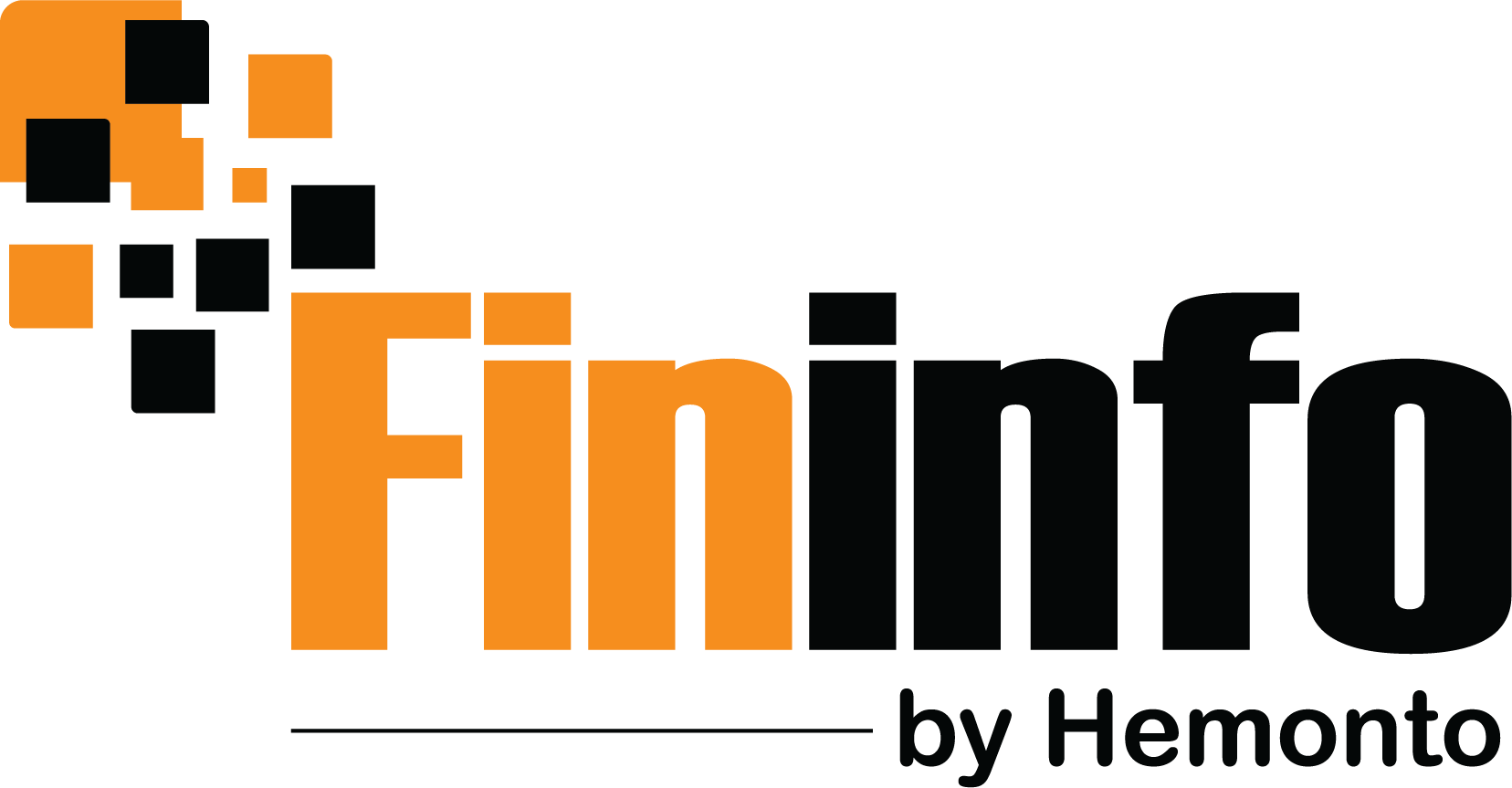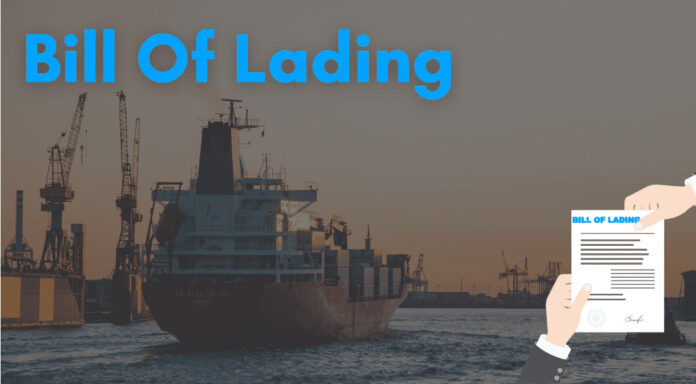There are two types of Bills of Lading used in the shipping industry, particularly in freight forwarding: the House Bill of Lading (HBL) and Master Bill of Lading (MBL). Both are used as documents of title and receipts for goods, but they are used in different mottoes and by different parties in the supply chain .
Here is the description of the difference between the two:
1. Definition and Issuer
- House Bill of Lading (HBL):
- It is issued by a freight forwarder or NVOCC (Non-Vessel Operating Common Carrier) to the shipper or the exporter. It is used when the goods are reduced with others under an individual shipment.
- The freight forwarder works as an intermediary between the shipper and the actual carrier.
- Master Bill of Lading (MBL):
- It is Issued by the ocean carrier like shipping line to the freight forwarder or NVOCC, and it is generally issued to the party who is responsible for shipping the goods.
- The MBL covers the whole shipment from the port of origin to the port of destination and it is the primary Bill of Lading issued by the carrier.
2. Parties Involved
- HBL:
- The shipper/exporter deals with the freight forwarder or NVOCC. The HBL performs the relationship between the shipper and the forwarder.
- The consignee/importer generally receives the HBL from the freight forwarder or NVOCC.
- MBL:
- The MBL is between the freight forwarder or NVOCC and the ocean carrier like shipping line as well.
- It reflects the relationship between the actual carrier and the freight forwarder, or between the ocean carrier and the consignee, which is dependent on the scenario.
3. Scope of Shipment
- HBL:
- It is Generally covers an individual shipment or a consolidated shipment like several smaller shipments combined into one larger shipment.
- Basically it is used for groupage services where the freight forwarder fastens multiple consignments from different shippers into a single larger container.
- MBL:
- It covers the whole consolidated shipment and considers the transportation of goods as arranged by the freight forwarder with the ocean carrier.
- The MBL is a master document that includes all the individual HBLs under it when the goods are consolidated.
4. Title of Goods
- HBL:
- It is performed as the title of goods between the shipper and the freight forwarder or NVOCC.
- Non-negotiable: A House Bill of Lading is usually non-negotiable unless endorsed, which means ownership can only be transferred as per the HBL terms & conditions.
- MBL:
- Performs as the title of goods between the freight forwarder or NVOCC and the ocean carrier.
- Generally it is negotiable and can be transferred to another party(e.g., the consignee by legal documents, especially in the case of the Negotiable MBL.
5. Legal Status
- HBL:
- Legally, the HBL is a document which is issued by a freight forwarder, not the ocean carrier. This means it does not directly describe the agreement with the carrier but is instead part of the agreement with the freight forwarder.
- MBL:
- The MBL is the fundamental legal document describing the contract of carriage between the shipper through the freight forwarder and the ocean carrier.
6. Usage in International Trade
- HBL:
- It is basically used in the less-than-container-load (LCL) shipments, where the multiple shippers’ goods are consolidated into a single container.
- It allows the freight forwarders to issue a separate Bills of Lading for every shipment, even if they are part of a larger consignment.
- MBL:
- Generally used in full-container-load (FCL) shipments or for consolidated shipments where the freight forwarder is responsible for contracting the ocean carrier.
- It is necessary for customs clearance, and the consignee will mostly need the MBL to claim the goods at the destination port.
7. Example Scenario
- HBL: A freight forwarder consolidates goods from several different exporters into a single container. The freight forwarder will issue an HBL for every exporter. The MBL is then issued to the freight forwarder by the ocean carrier, which is covering the entire consolidated shipment.
- MBL: The ocean carrier issues the MBL for the consolidated shipment, while the freight forwarder issues individual HBLs to every exporter. The consignee will ultimately receive the MBL from the freight forwarder, which describes the full shipment.
Summary Table:
| Feature | House Bill of Lading (HBL) | Master Bill of Lading (MBL) |
| Issuer | Issued by Freight forwarder or NVOCC | Issued by Ocean carrier (shipping line) |
| Parties Involved | Shipper and Freight Forwarder/NVOCC is involved | Freight Forwarder/NVOCC and Ocean Carrier is involved |
| Scope of Shipment | It covers a single or consolidated shipment | It covers the full shipment means entire container |
| Title of Goods | It is Non-negotiable unless endorsed | It is Negotiable unless specified otherwise |
| Legal Document | Subordinate to MBL | Primary contract with the carrier |
| Used For | It is used for LCL (Less-than-container load) | It is used for FCL (Full-container load) or consolidated |
| Customs Clearance | Can be used in conjunction with MBL | Essential for customs clearance |
In summary, the House Bill of Lading (HBL) is a document which is issued by a freight forwarder to the shipper, which is representing a part of a larger shipment. The Master Bill of Lading (MBL), issued by the carrier, covers the entire shipment and serves as the primary document for goods in transit.




